|
I've already done a post about Palios... the Palio being the winning cloth or colors. The most famous Palio horse races in Siena and Asti. But here's a different take on the Palio horse races in Italy... Alba is a town of 30,000 people that is well known for white truffles and Barolo wine. But why do they have--of all things--a donkey Palio instead of a horse Palio? Well, there is a 100 year old rivalry between old grudge with Asti, a town only 20 miles away. Apparently, in 1932, Alba was not allowed to enter the Palio in Asti, a race held since the 1200s. Ok, we'll get back at them, they thought... and did, by organizing their own donkey races. In Italy, the words ciucio, asino or somaro all mean jackass, donkey... or stupid. In this way they poked great fun at the Asti horse races. In the other races, the horses are wild and muscular and full of speed, while macho men cling to their backs and get close to death or serious injury... it's all very exciting and spectacular. But in Alba the stubborn donkeys run--sometimes--but mostly bump into things, throw their riders, roam around aimlessly, turn in circles, walk backwards or suddenly stop altogether while their riders kick, swear, beg, cry, pull, tug and push in attempts to get them going again. There are actually very strict regulations to protect the donkeys used in the races--all female, by the way (a statement about Italian female stubbornness, perhaps?) They also have microchips embedded and riders are given donkeys randomly by drawing to prevent any advantage over another particularly stubborn beast. Jockeys aren't allowed to do anything that might hurt the donkeys—including whips, spiked shoes and bits—all of which are banned. The animals have veterinarians at the race for a physical exam before the race and after. Judges have keen eyes and will immediately disqualify riders who use sharp objects to poke the donkeys into giving them a burst of speed. Riders can get hurt too with kids but also from the course coats on the donkeys' backs.... most wear padded bike shorts to prevent chafing and cuts. The Donkey's race takes place during the International Fair of the White Truffle of Alba. The city of Alba lies in the heart of Langhe e Roero area in the Piedmont Region, where some of the finest and well-known Italian wines are produced. Besides wine and truffles other specialties are hazelnuts, cheese and chocolate. The city of Alba is divided into nine historical borghi (districts) that compete to seize a painted drape, the so-called Palio, through the donkey race. On the day of the Palio more than 1000 people dressed in colorfull medieval costumes and stroll around the city portraying ladies, knights, peasants and jesters. The riders and donkeys don't get a chance to be familiar with each other because of the random drawing that matches rider to beast. This silly race is three laps long with lots of excitement and fun for all ages. Alba International White Truffle Fair Oct 11 - Nov 15, 2015 Alba, Italy The donkey race is held on the first Sunday in October of the festival. --Jerry Finzi If you liked this post, please share it with your friends and LIKE it... grazie. "Many Americans studying in Italy or choosing to move here just confuse us. We think 'but why?' With more young Italians than ever hoping to emigrate to the U.S., we fail to understand American enthusiasm for wanting to come here. We don't have enough jobs, things are expensive and there is not enough good housing. In America you have big cars and houses. It is the opposite here"
Lisa and Lucas surprised me by making a batch of Italian water ice. It was Lucas' idea and they researched some recipes, decided how to make it taste more "Italian" and went to work. I had some tonight after dinner. It was amazing. One of the best frozen desserts I've even had in my life!
Recipe:
--Jerry Finzi If you enjoyed this recipe, please LIKE it and tell your friends about us. Grazie! My father was born in Molfetta, Puglia in the South. My Mom's mother and father came from Naples. Both spoke dialects of Italian. My mother often said that my father's dialect was so different from hers that she couldn't understand certain words. If you watch the Godfather, especially the scenes in GF II showing Vito Corleone as a young man, you can hear this sort of dialect... albeit Sicilian. The words in the South are often totally different. Lots of slang is used. Liaisons happen... Usually, the end of one word attaches to the beginning of the next word. Beginnings of words are often omitted. Even Italians consider these dialects like another language... for example, the announcements on the train from Bari to Rome are in English, Italian and "Dialetto". Dialect sounds nothing like regular Italian down South.
Now, add to all this the fact that Italian immigrants in American spoke a sort of second hand Italian dialect, much was lost to misunderstood pronunciations and the fact that many (like my parents) didn't want to speak Italian in the home. When I asked why my parents didn't teach us Italian, they said they wanted an "All-American" home for us. Even today in the South parents don't want their children to speak Dialect when they move to the big cities in Italy. They are looked down upon for speaking it by Northern Italians. What a shame... These dialects are what makes Italian so interesting. Here are a collection of words and phrases that I grew up with... spelled phonetically: Stoonod Idiot Mopeen Dish Cloth, Rag Agida/Agita Acid indigestion caused by someone aggravating you Googootz A fool Cabbadost Thick head/stubborn sfatcheem a Jerk Stroonz an Ass Stroonz-a-medz Half ass Strombolone Clumsy Chooch Jackass Briagone Drunk A-fa Nabalee Get out of Here/Go to Naples Facha-broot Ugly face Dees-Gradseeyad You disgrace! Stata-Geet Shut Up SkeeVo Disgusting Ashpette Wait! Jadrool Lazy bum (cucumber) Ooo-Fah I've had it/I'm fed up TooSay Batz You're crazy Bock-owz Bathroom/stink house Bazanigole Basil Boombotz Idiot/Crazy Brazjole Brasciole/Penis Kay-Gotz What the F*ck Gotzo What Balls Coh-Yonees Balls Ah-Va-Fan-gool Go f*ck yourself Pasta-vazool Pasta fagioli (bean soup) Gobba-ghool Capicola (a type of cold cut meat) Gabeesh? Understand? Gavone Pig/Slob/Overeater Jamoke Idiot Goombah Pal/Comrade/Friend GooMahd Girlfriend ComoseeCyam? What do you call it? Keh -sa-deech? How are you? Mal-yOke Evil eye Mamaluke Idiot/stupid/screw-up Manageya Damn it/Curse it Managutt Manicotti (pasta) Madone! Madonna! (exclamation) Medz-a-medz So-so/half and half/not so much Mutzarelle Mozzarella cheese Naboleedahn Neapolitan/someone from Naples piezahn Friend/countryman/brother Pitza-gaina Egg-meat pie Boochach Bitch Rigutt Ricotta cheese Scarole Escarole/Cash money Skutch Pest StuGotz Screw it/F*ck it Vena Ka Come here --Jerry Finzi If you found this post useful, please LIKE it and tell your friends about Grand Voyage Italy. Ciao! Copyright, Jerry Finzi, Grand Voyage Italy, All rights reserved 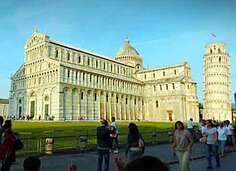 Sure, we all think we "must go" to Pisa and see the leaning tower, but thousands of others have the same idea. Pisa is very crowded, especially in the Piazza dei Miracoli where the the Leaning Tower is located. Many don't even find the time (or money) to climb the tower itself. If driving, Pisa is also clogged with traffic and expensive to park close to the Tower. Aside from the Piazza dei Miracoli which encompasses to Tower, Basilica and the Baptistry, most visitors spend only an hour or two at the Piazza and then leave the city, not seeing anything else of Pisa (even though it is a beautiful city, especially along the river). So... Instead of visiting the Leaning Tower of Pisa, visit the Leaning Towers of Bologna instead... The Leaning Towers of Bologna (yes, there's two) are in the middle of a wonderful city with a well-preserved historical center (one of the largest in Italy) thanks to a careful restoration and conservation policy which began at the end of the 1970s. Bologna is the largest city (and the capital) of the Emilia-Romagna Region. The highlight of Bologna is it's twin leaning towers, but trust me, Bologna is a city where you can stay for a while... there much more than the Towers to see here. But first, a little info about its leaning towers... The taller of the leaning towers in Bologna is called the Asinelli while the smaller but more leaning tower is called the Garisenda. Asinelli Tower measures 318 feet tall and the Garisenda Tower stands at 158 feet. For 3 Euros you can climb to the top of the Asinelli Tower but be advised, this climb is not for those who are afraid of height (the old wooden stairs are open in the middle looking all the way to the top and bottom) or are out of shape. There are almost 500 steps to the top. Also be aware that the stairway is very narrow with worn, uneven steps... and you have to squeeze past people on the way up and the way down. It will take about 10 minutes to reach the top (resting every few levels) but the views are amazing. 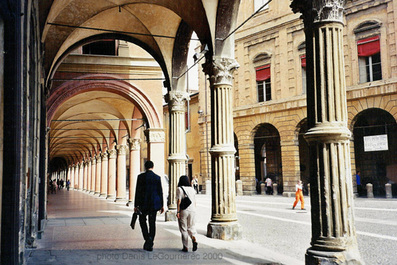 The famous porticoes in Bologna go on for miles... The famous porticoes in Bologna go on for miles... Bologna has been settled from 1000 BC onwards. The Celts, the Romans, the Gauls, the Lombards and even Byzantium all had a part in its history. In the 12th century, the expanding city needed a new line of walls, and at the end of the 13th century had one of largest textile industries in Italy. The complex system of canals in Bologna was one of the most advanced waterway systems in Europe. Hydraulic energy derived from the canal system ran the numerous textile mills and helped transport goods. Bologna is also a university town... in fact, founded in 1088, the University of Bologna is widely considered to be the world's first university. Feminists owe a great deal to Bologna as well. During the Renaissance, Bologna was the only Italian city that allowed women to excel in any profession. Women had much more freedom than in other Italian cities; some even had the opportunity to earn a degree at the university. The School of Bologna for art flourished in Bologna between the 16th and 17th centuries, and rivaled Florence and Rome as a center of painting. But remember, this is a modern, living, breathing city. It's as beautiful as Lucca but larger. The reddish brown color of the buildings and covered porticoes invite you to walk and explore--in total, there are 24 miles of porticoes in the city's historical center allowing visitors to stroll throughout the historic center protected from inclement weather. In addition to its two famous leaning towers, there are about 18 more still remaining that stand relatively straight. There is an antiques market at Piazza Santo Stefano. Imagine that at one time there were about 180 towers in the 1200s. Most either fell down, were torn down or shortened and re-purposed. Sadly, during a new urban development plan at the beginning of the 20th century, the last remaining towers were torn down. The modern attitude is to preserve the towers that remain. Lucky for the people who live and visit Bologna! Now, as to what else Bologna has to offer... The International museum and library of music displays ancient musical instruments and unique musical scores from the 16th to the 20th centuries. The Basilica of San Domenico is worth seeing, with its Romanesque facade and Baroque interior decorations and frescoes. And for a vista overlooking the city, take a trip up to San Michele in Bosco perched on a forested hilltop overlooking Bologna. You can also visit a Parmigiano Reggiano factory or a Ducati motorcycle factory--take your pick. As for food, there is always the sauce Bolognese to feed the hungry traveler. So perhaps you would still want to visit Pisa to see its Leaning Tower, but after a short two hour visit, jump on a train for a couple of hours and visit Bologna for a few days. One great itinerary would be to fly into Pisa, see their tower, then get on a train to spend a couple of days at Lucca to relax and perhaps rent a bicycle and ride on top of their walls, then move on to Vinci to get a taste of Leonardo's genius in the Da Vinci Museum (an over-nighter), then move on for a few day stay in Bologna for a taste of a vibrant, wonderful Italian city. You could finish off your trip in Venice and fly home from there. Have some tagliatelle alla Bolognese for me! --Jerry Finzi Copyright, Jerry Finzi, Grand Voyage Italy, All rights reserved "Americans never really get a day off. When they are on vacation, they still check for messages, file reports, talk to their boss and attend phone conferences. The vast majority of Italians don't do that. If they are on vacation, they are on vacation. They have no conversations about work, don't think about it and certainly don't call up their bosses to hear about what's going on while they're away."
--Jerry Finzi
If you enjoyed this post please LIKE it... and tell your friends about Grand Voyage Italy. Ciao! 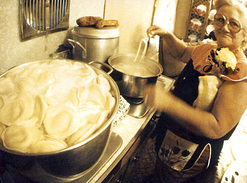 Mama Finzi and her Big Pots Mama Finzi and her Big Pots Making fresh pasta for everyday use is something my mother never did at home. We used dry, boxed pasta when it came to spaghetti, ziti, lasagna and the like. After all, with five kids to feed, she needed to get things done quickly. But once in a while, my Mom would make home made fresh ravioli filled with ricotta cheese. I don't have her recipe for that dough, but I remember it was pretty light and fluffy producing dumpling-like ravioli, not like haute cuisine paper thin ravioli. When I was very young she'd also make small square ravioli by using a wooden ravioli rolling pin with the square shapes formed by a lattice of thin wood strips. That rolling pin, along with her huge aluminum sauce pot and large colander are three treasured heirlooms hanging proudly in my kitchen. Once in a while she'd make large round ravioli and cut them out using a large china cup. In later years, one of my sisters tried making them, but we called them "sinkers" because they were so dense and heavy and oh-so filling. She wasn't such a great cook (we were able to sip her chocolate pudding pie through straws!) There were even more rare times when Mom would make potato gnocchi. Later on in life when Mom was in her 80s she showed me how to make them, teaching me the technique that her mother taught her. I had seen the fork technique on TV cooking shows, where you roll a nugget of dough down the back of a dinner fork to make ridges in each dumpling... the ridges help sauce cling. But them Mom showed me what her mother used to do. A simple technique of using two fingers to quickly roll the nugget to form a cavatelli shape. Press the nugget of dough down and give a quick jerk, cupping your hand toward you, flipping the cavatelli backwards. I still remember her bumpy, arthritic fingers working with a remembered agility as she made them twice as fast as I could. It's times like that which remind me to always include Lucas when making special meals based on family traditions. Well, in our family we still used boxed pasta for most meals, but on occasion we too make fresh pasta for ravioli or fettuccine and sometimes make gnocchi. The last time we made fresh pasta was to make tagliatelle to go with our Easter Sunday Gravy. Each time I make fresh pasta i remember how easy it is to make and try to remind myself to make it more often... You can use any type of flour to make pasta, but I'd stay away from bread flour. All-purpose, Italian style "00" flour makes a silky, delicate pasta while Semolina flour makes a heartier more textured pasta. What I prefer using is ready mixed flour blends specially made for pasta making. I like Hodgsen Mill Golden Semolina and Extra Fancy Durham Pasta Flour but King Arthur Italian-Style Flour is another great choice (it's not available in supermarkets, though). King Arthur is a blend of Durham, Semolina and All-Purpose flours. Next you have to consider whether to add egg yolks, whole eggs, egg whites or just water. Pasta recipes using just water are typically used only when making pasta that will be dried, like from an extrusion pasta die on a pasta-making machine. When you make fresh pasta with only water, it comes out very bland, white and can be very sticky. You can also use recipes that use only egg yolks, which makes a very golden colored rich pasta--but higher than normal in cholesterol and fat. Some mix whole eggs with additional egg yolks--2 egg yolks for each egg used. When you use only egg whites (which are mostly H2O) your pasta will come out almost like if you used water alone. For me, I've gotten great results using just beaten whole eggs--rich enough without adding extra cholesterol or fat. Why complicate things? You mix the ingredients in a "well", by placing the flour on a board and adding the wet ingredients into the center of a well you make in the flour. This is hand work. However, I do recommend getting some sort of pasta roller to roll out your pasta into thin sheets ready for shaping. Sure, you can use a rolling pin if you want, but having a motorized roller that you can set the thickness as you work gives you absolute control. We use a Kitchenaid stand mixer with a pasta rolling attachment. My Basic Pasta Recipe is amazingly simple:
There are many ways to shape pasta. For the tagliatelle, I used a rippled pasta cutting wheel that left a zig-zag edge. But there are endless ways to shape your dough. You can simply leave them in large sheets about 3" wide to make Stracci (rags--great under a Bolognese sauce) or cut the edges with a ripple pasta cutter to make your own lasagna sheets. You can simply cut long thin strips with a knife or a special rolling tool to make tagliatelle or fettuccine. You might buy a Chitarra (pasta guitar... a wood frame with tight wires) to make your own spaghetti. You can cut little 3" x 1" rectangles out and then pinch their centers tight to form farfalle (butterflies). You can also roll triangles around a little wooden dowel to make ziti. Lay out a large sheet, place dollops of ricotta or meat and cheese filling every few inches on it, cover with another sheet, then cut our with a cup and you'll make your own ravioli. Get the kids involved... Lucas loves pasta making. As for drying, you can dry your pasta for bagged storage in a fridge (use within a few days) or freeze by allowing your shapes to dry out completely. You really have to be sure that your pasta is not at all damp or sticky and dusted very well (especially when arranging into bird's nests) or they will stick together. You can then arrange on sheet pans, place into your freezer, freeze and then place in Zip-loc bags for later use. I like making batches that are going to be cooked right away. "Fresh pasta"--Duh. For this reason, I'll tend to use only have my recipe for fresh cooking the same day, and I'll freeze the other half of the dough ball for future pasta making. This dough freezes and thaws perfectly. Perhaps I'll do another post about different pasta shapes and how to make them... soon. Meanwhile, aside from the muscle it takes to knead the dough, making fresh pasta is easy and fairly quick. You could have dinner on the table in an hour or two if you plan ahead. Enjoy e mangia bene!
--Jerry Finzi Please LIKE this post and tell your friends to visit our little blog! Grazie. Copyright, Jerry Finzi, Grand Voyage Italy, All rights reserved From ITALIAN FOOD FOREVER...
A pizza without tomato sauce, this recipe is delicious, topped only with ripe, fresh tomatoes, prosciutto and peppery arugula. The pizza dough is cooked with just a light brushing of olive oil and the toppings are added just before serving. We pass some spicy olive oil to drizzle on top to those who want it. (More...) The Colosseum in Rome is used for one thing and one thing only--tourism. The Colosseum in Rome wasn't the first time I saw a Roman arena--or more properly, amphitheater. When I traveled throughout France years ago I first saw the Arena de Nimes and then the Arènes d'Arles. The one in Nime was hosting--of all things in the heat of August--Carnival on Ice... yes, ice skating in a Roman Arena. Who would have even thought of such a thing. In Arles they were having a bullfight the night I was there--a type of Provençal bull fight where the bulls aren't killed. Perhaps this is why my visit to the Colosseum felt strange, although seeing it was the highpoint of my visit to Rome. It wasn't being loved and used by the people of Rome. It was only a method of cashing in on tourist dollars. The other Roman arenas I had seen in France were still being used and loved by the locals and visitors alike... So, instead of visiting the Colosseum, when all the other tourists flock and crowd into each other making it a task to look out into the vastness of the amphitheater, how about visiting an ancient amphitheater that you can actually be an audience member in... watching a concert or other special event? I've got one for you--the Arena di Verona, in Northern Italy's Veneto region. Yes, the same Verona where tourists flock to see the "real" balcony that the fictitious Juliet so poetically entranced her love Romeo--also not real. But Verona is real. And so is its Arena. Julius Cesar actually did sleep here. Shakespeare never slept here... or anywhere else in Italy, for that matter. But you can... and enjoy modern concerts held in it's famous arena... The arena was built in 30AD on a site which at that time was beyond the town walls. The ludi (shows and games) that were staged there became so well-known that spectators came from far off places just to see them. More than 30,000 spectators at a time could partake in the events in the Arena di Verona. Originally, there were white and pink limestone but an earthquake in 1117 nearly destroyed all of this, and the rest was re-used in other public buildings. During the Renaissance the Arena was first used for musical performances and by the 1850s operas were performed there because of the better than average acoustics. In 1913, opera really took over with performances by the Italian opera tenor Giovanni Zenatello, the impresario Ottone Rovato and a staging of Giuseppe Verdi's Aida. Nowadays, four to six opera productions are staged in the arena each year between June and August, but during winter, the local opera and ballet companies perform at the L'Accademia Filarmonica. Be advised that tickets to sit on the arena's stone steps are much cheaper to buy than tickets for the padded chairs on the lower levels. I don't know about you, but sitting on the stones that ancient Romans sat on 2000 years ago appeals to me more than parking my butt on a modern chair. Candles are given out to audience members and lit after sunset around the arena. I'm not an opera fan myself, but it must be an amazing experience to see performances in such a setting. But if opera isn't your thing either, you might be able to catch a concert by the likes of pop and rock stars like Paul McCartney, the Who, Rod Stewart, Stink or Radiohead. So, if you want to sit where Romans sat two millennium ago while enjoying an opera or concert, think about coordinating your travels to Italy with a stay in Verona along with one of these fantastic events at their Arena. You might be watching Foo Fighters instead of gladiators fighting, and the blood and gore might be overacted to music and song by some fat people in costumes and face paint, but you'll still have the night of a lifetime! Now, if they'll just install 30,000 seats in the Colosseum and start booking the Kinks, Billy Joel or James Taylor, I'll book a flight back to Rome... Check here for upcoming events in the Arena di Verona. --Jerry Finzi If you enjoyed this post, please SHARE and LIKE it... grazie!
Copyright, Jerry Finzi, Grand Voyage Italy, All rights reserved From This Italian Life...
CHIAVARI, Italy – Ahhh, Naples, the Mecca of Pizzalandia. It’s a place where they take their food very seriously. So seriously they even got the European Union to pass a law stipulating how a pizza must be made, and what it must be made of in order to be called a Neapolitan pizza. Pizza Neapolitan Style The number one qualifier is the crust; it has to be soft and light. To get to that quality of texture the dough must be made the day before and allowed to rise for at least 10 - 15 hours. Then it’s up to the pizzaioli, or pizzaiuoli in Neapolitan dialect, to work his magic. It is a craft that must be learned. In most cases it takes at least two to three years of apprenticeship just to learn how to handle the dough. It’s not as easy as it looks. Neapolitan pizza is not finger food. The centers are goopy, slightly undercooked, and you need a knife and fork to eat it. Pizza served in Italian pizzerias are about 8 or 9 inches across, individual size, and even if they don’t have a goopy center Neapolitan style, you still eat them with a knife and fork. The only pizza you pick up and eat is the pizza you buy on the street. And even then, it comes wrapped in paper so your hands never have to touch the slice. (more...) |
Categories
All
Archive
June 2024
|


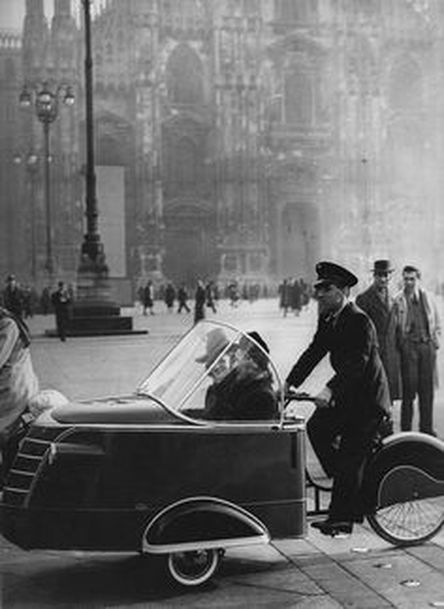

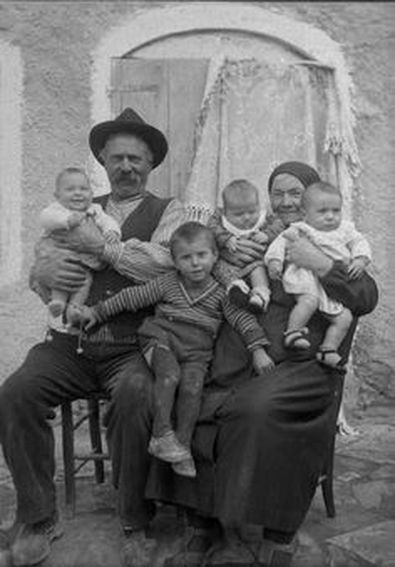
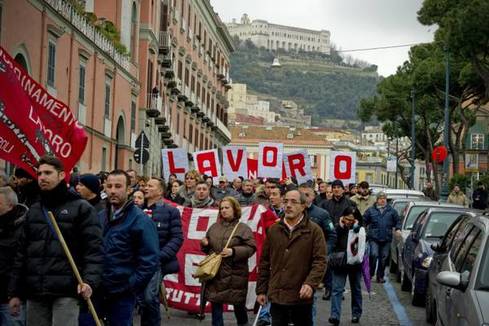
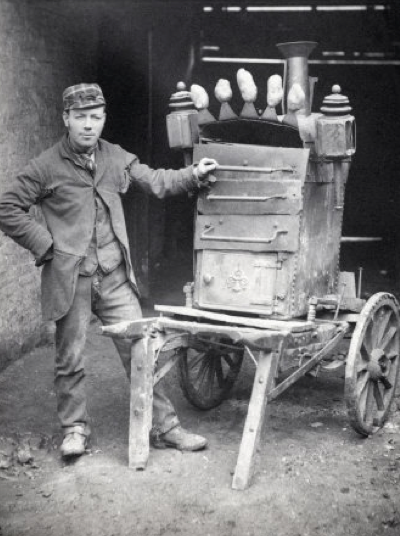

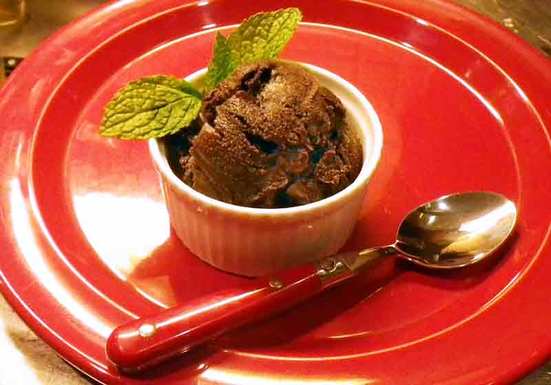
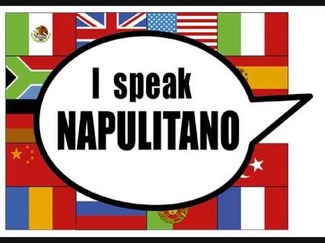
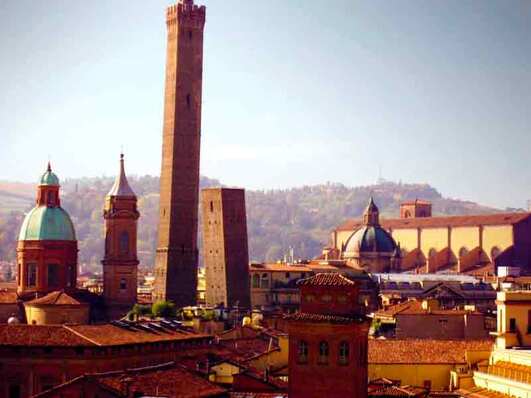
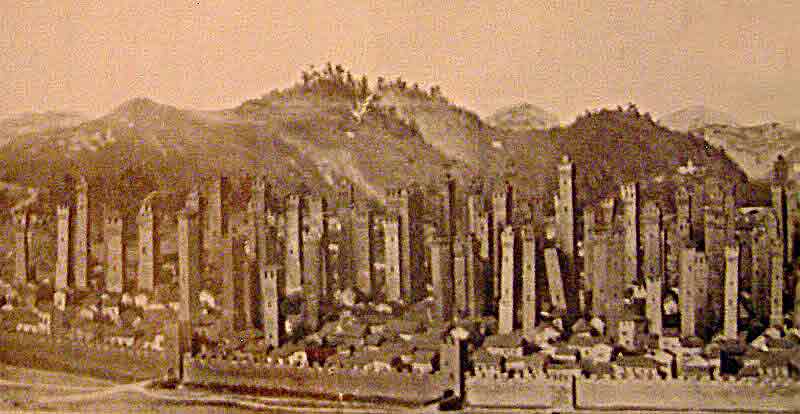
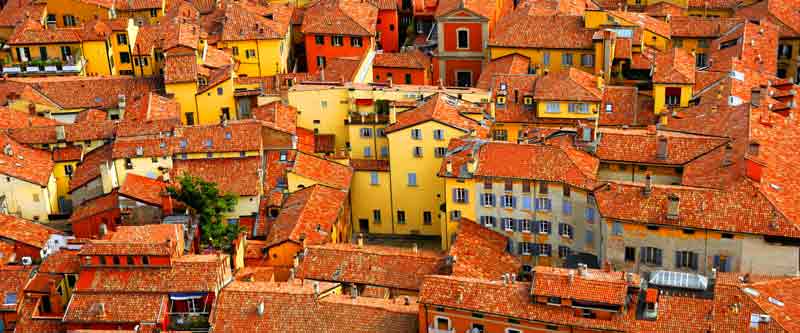


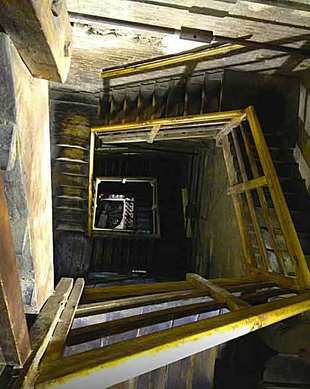
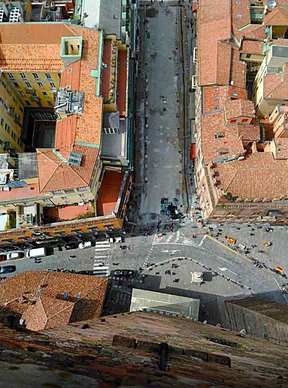

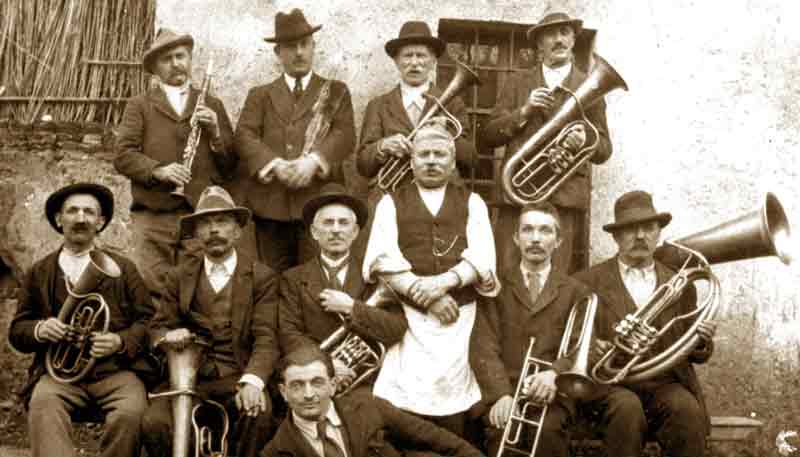
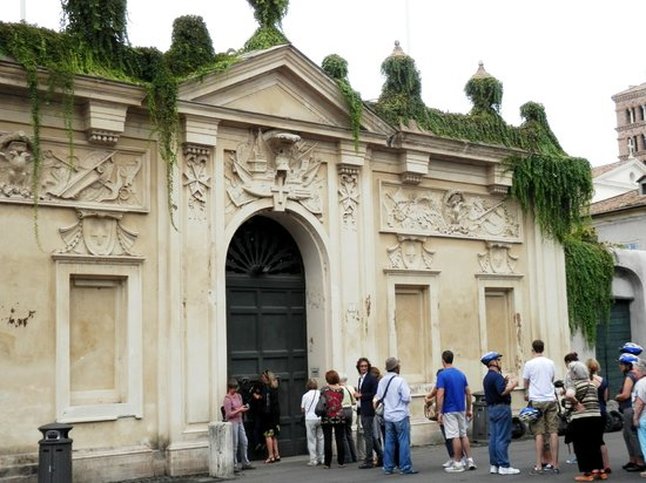
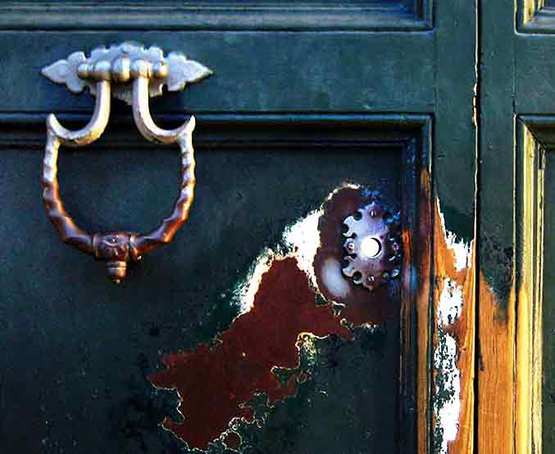
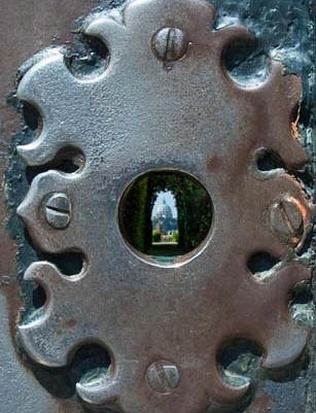
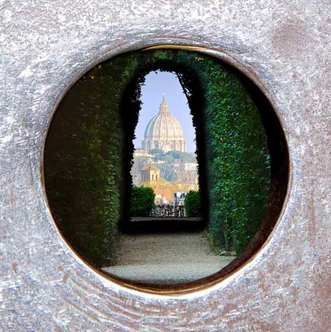

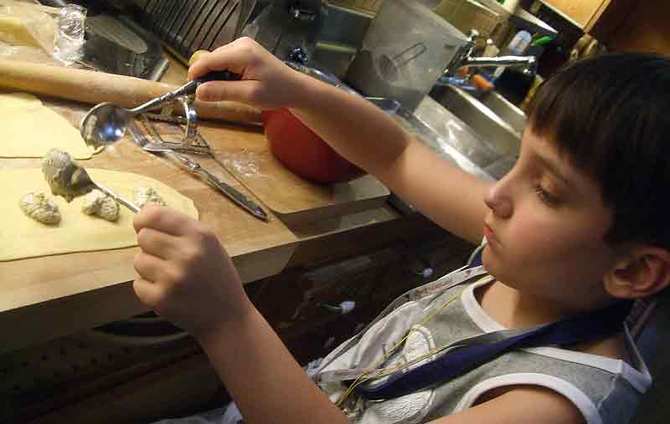
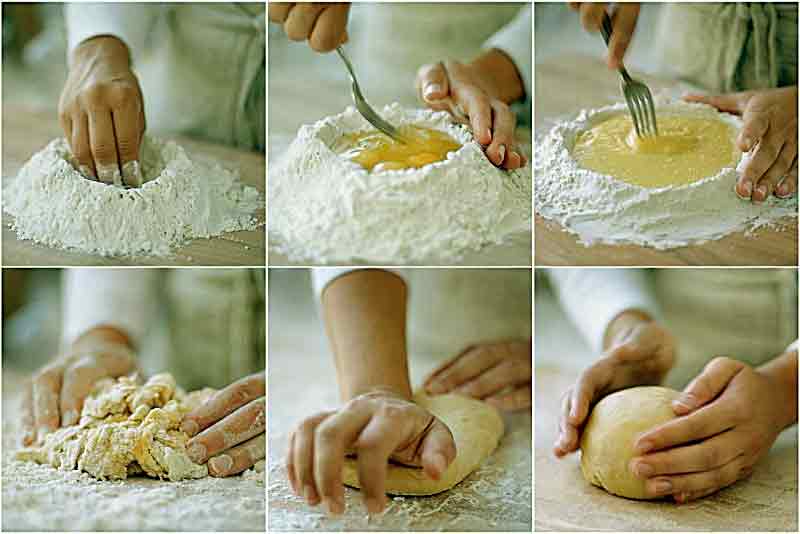
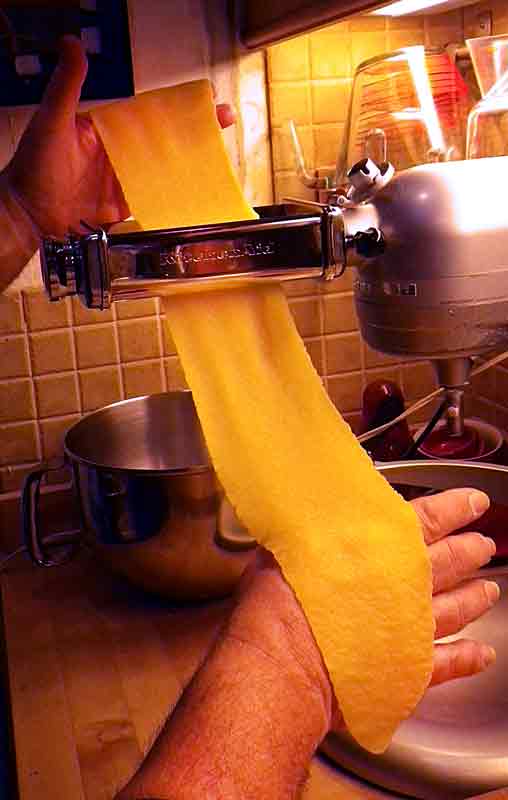
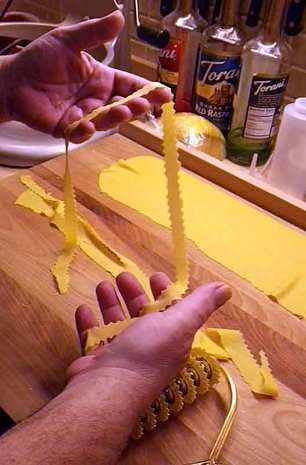
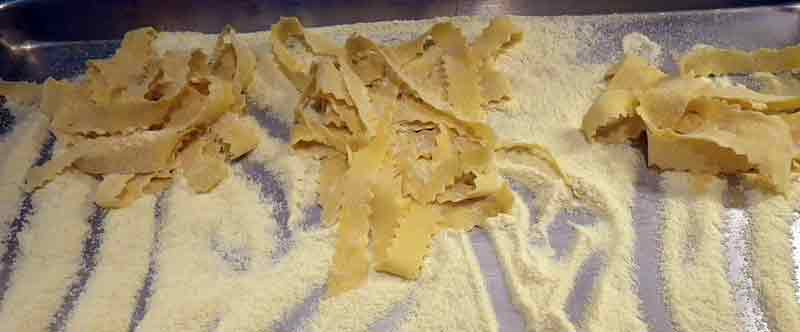
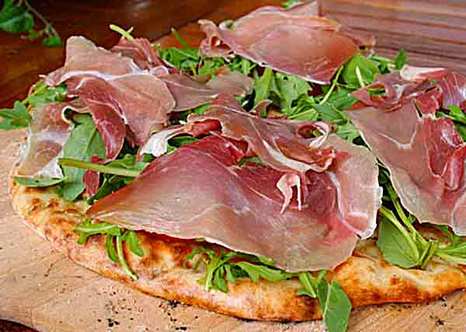
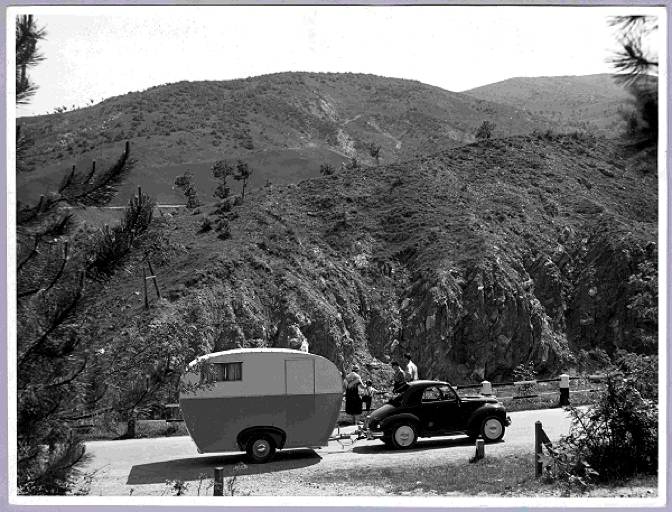
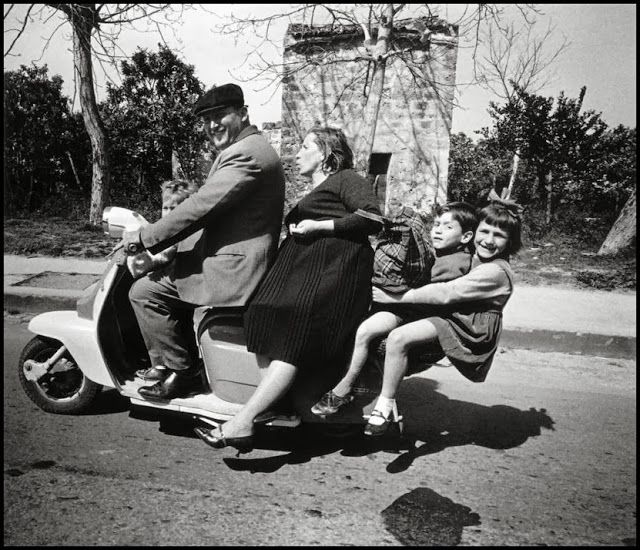
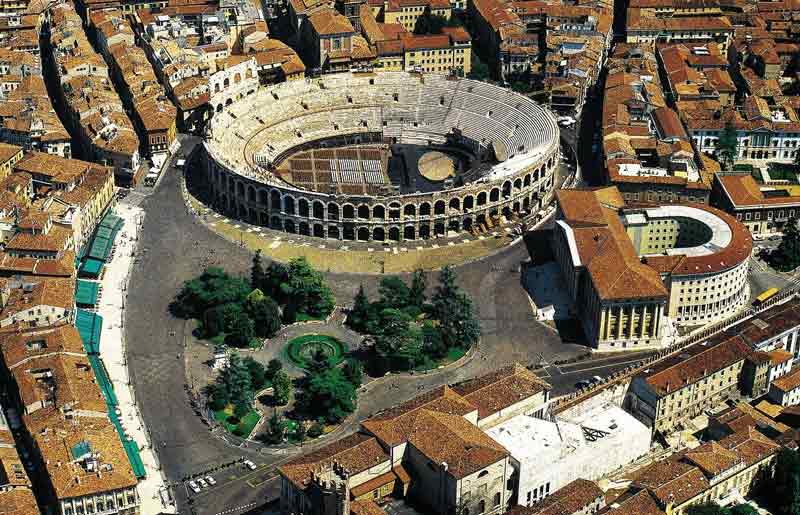
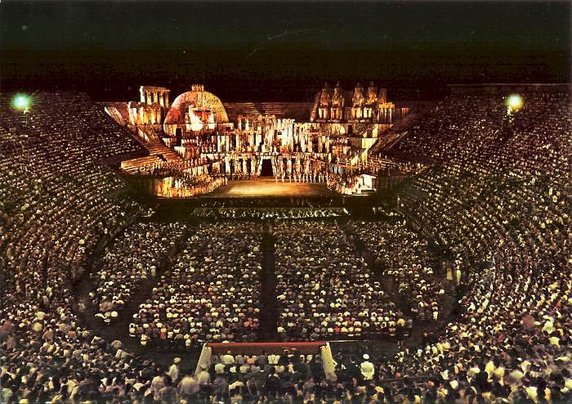
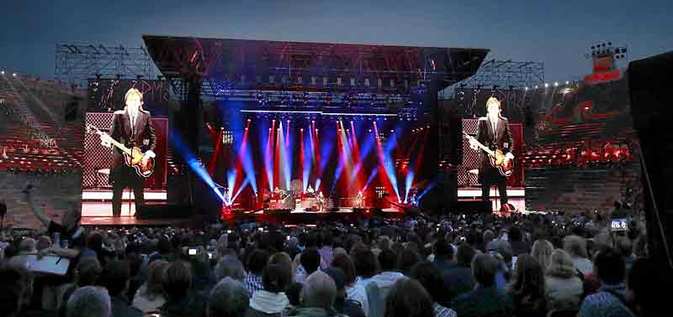
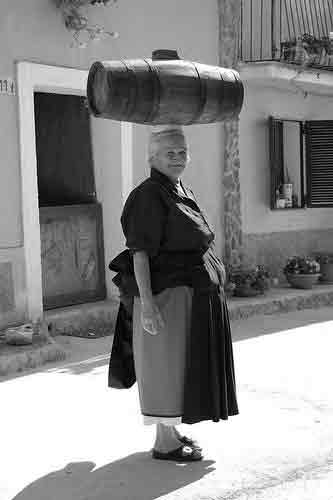
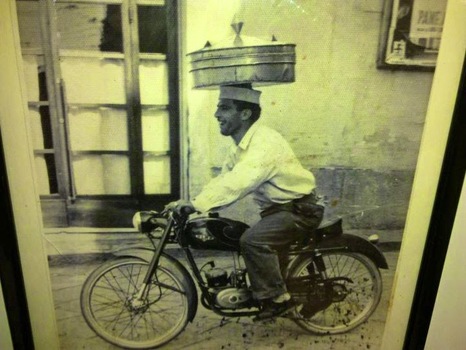
 RSS Feed
RSS Feed
